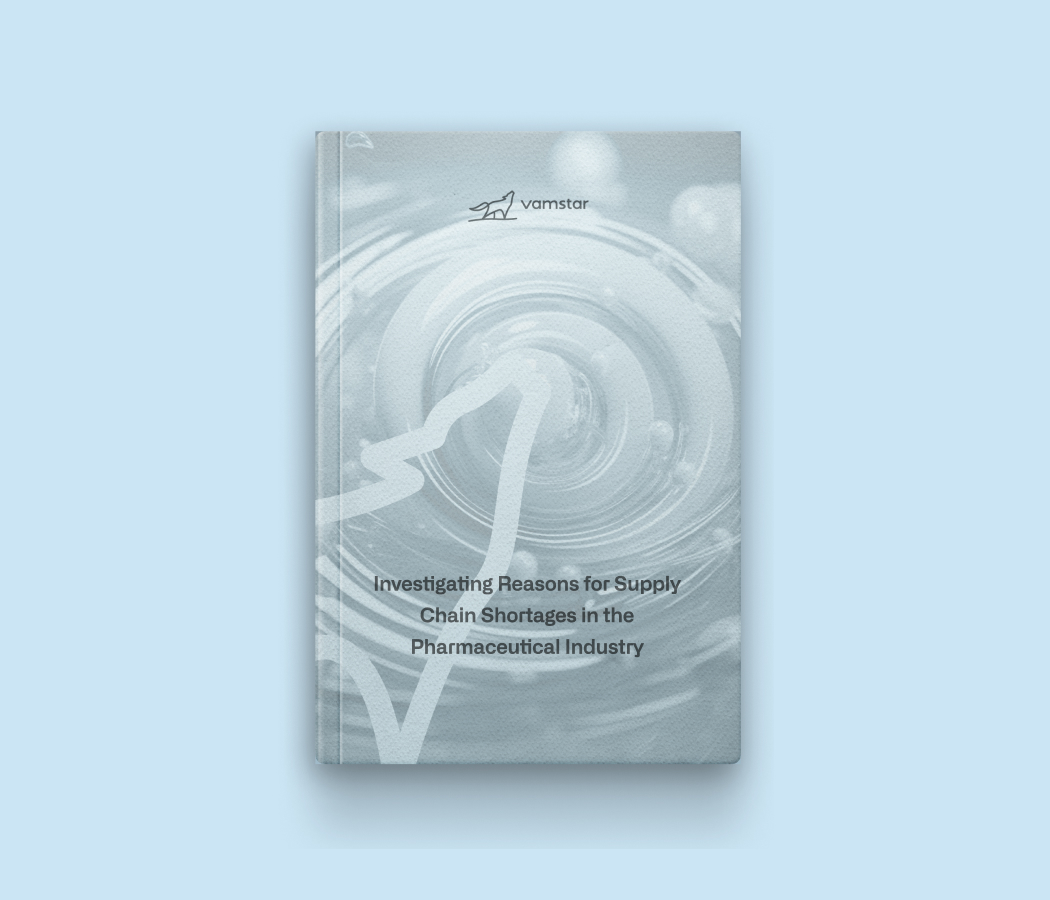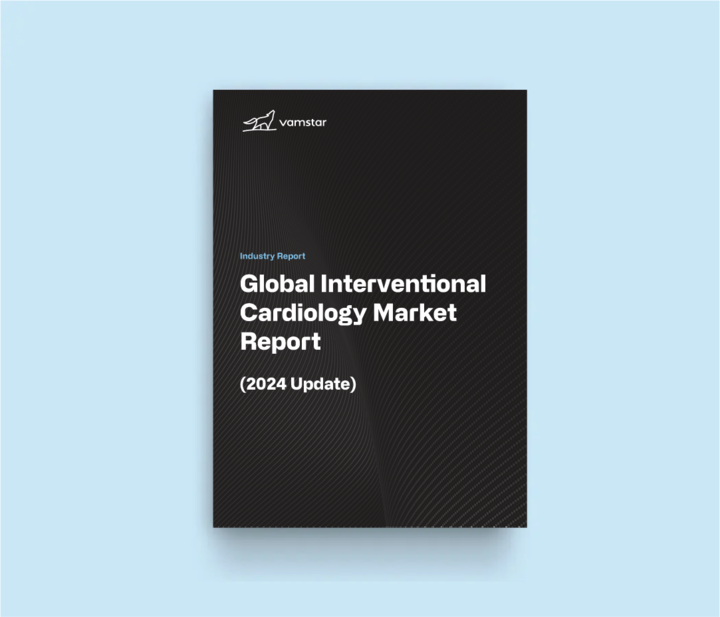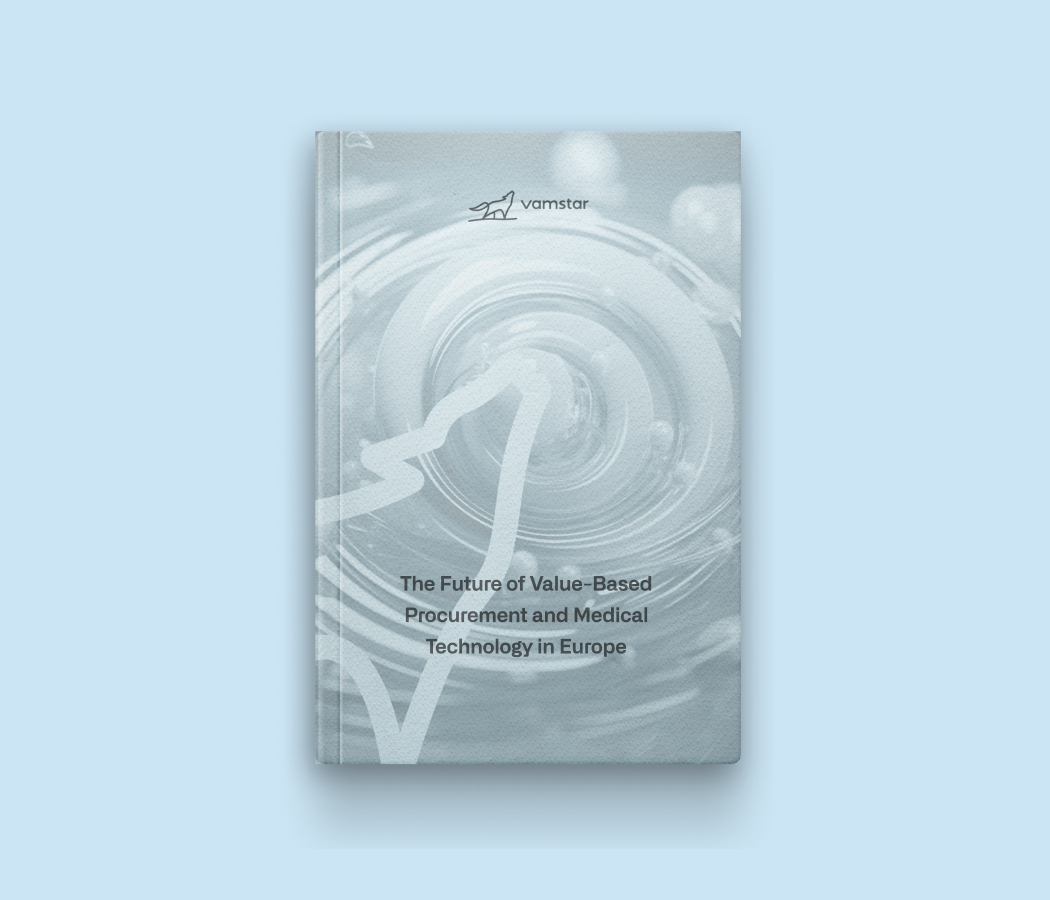6 minutes read
Leveraging AI & Data to Create a Compelling Go-To-Market “GTM” Strategy for a MedTech Product
Unlocking Insights from Tender or RFP Data
Tender data contains a wealth of information that can inform various aspects of a MedTech company’s GTM strategy. Some of the key insights that can be gleaned from tender documents include:
1. Product Availability: Tender notices and documents often specify the types of products required, along with their technical specifications and desired features. This information can help MedTech companies understand the range of products available in the market and identify gaps or opportunities for innovation.
2. Supplier Landscape: Tender award notifications reveal the successful bidders, providing insights into the competitive landscape. By analysing this information, MedTech companies can identify their key competitors, assess their market share, track price movements, and monitor their activities.
3. Pricing and Discounts: In many markets, tender documents disclose the prices and discounts offered by suppliers. This transparency allows MedTech companies to benchmark their pricing strategies, understand the price sensitivity of buyers, and identify opportunities for competitive positioning.
4. Buyer Preferences: Tender documents often outline the evaluation criteria used by buyers to assess bids. These criteria may include factors such as product quality, after-sales support, training, and sustainability. By understanding buyer preferences, MedTech companies can tailor their offerings and value propositions to better meet customer needs.
5. Market Conditions: Tender data can provide insights into market-specific conditions, such as regulatory requirements, local content requirements, and payment terms. This information is crucial for MedTech companies looking to enter new markets or expand their presence in existing ones.
6. Non-Price Factors: In addition to price, tender documents may specify non-price factors that influence the award decision, such as technical capabilities, clinical evidence, and supplier reputation. MedTech companies can use this information to differentiate themselves and highlight their unique strengths.
The Tender or the RFP Landscape
Tendering is a highly regulated process that aims to ensure fair competition, transparency, and value for money in public procurement. Governments and healthcare institutions issue tenders to invite suppliers to submit bids for the provision of goods or services. The tender process typically involves several stages:
1. Tender Announcement: The buyer publishes a notice outlining their requirements, specifications, and timeline for the procurement process.
2. Tender Documents: Interested suppliers can obtain detailed tender documents that provide further information on the scope of work, evaluation criteria, and submission requirements.
3. Bid Submission: Suppliers prepare and submit their bids, which include technical and commercial proposals, as well as supporting documentation.
4. Bid Evaluation: The buyer evaluates the submitted bids based on predefined criteria, which may include price, quality, technical capabilities, and other factors.
5. Award Notification: The buyer announces the winning bidder and provides feedback to unsuccessful participants.
6. Award Documents: The buyer and the winning supplier sign a contract outlining the terms and conditions of the agreement.
Throughout this process, a significant amount of information is generated and made available to the public or semi-public, albeit for a limited time. This information can provide invaluable insights into the competitive landscape, market trends, and customer needs.
Introduction
In the highly competitive and regulated world of medical technology “MedTech”, crafting a compelling GTM strategy is crucial for success. While the United States market relies heavily on direct sales and GPO-level negotiations, the majority of the global market operates through the tender channel (also referred to as Request For Proposals “RFPs”).
Tender notices (pre-tender and post-tender), documents, award notifications, and award documents contain a wealth of valuable information that can inform and shape a MedTech company’s GTM strategy. By systematically analysing this data, sales, marketing, market access, commercial, and pricing teams can gain insights into market dynamics, competitor activities, pricing trends, and buyer preferences. However, the process of extracting, organising, and integrating this information can be challenging due to its semi-structured and unstructured nature, limited public availability, and the need to merge it with internal datasets.
This article will explore the importance of tender data in developing a robust GTM strategy for MedTech products and provide guidance on how to effectively utilise this information to drive success in institutional markets.
Challenges in Extracting and Utilising Tender Data
While tender/ RFP documents offer immense value, extracting and utilising this information can be challenging for several reasons:
1. Semi-Structured and Unstructured Data: Tender documents are often in the form of PDFs, Word documents, or HTML pages, which contain a mix of structured and unstructured data. Extracting relevant information from these sources requires advanced data parsing and natural language processing techniques.
2. Limited Public Availability: Tender notices and documents are typically available in the public domain for a limited period, often ranging from a few weeks to a month. This short window poses challenges for teams trying to collect and analyse the data manually.
3. Data Integration: To derive maximum value from tender data, it needs to be integrated with internal sales, pricing, and market intelligence datasets. This integration allows for the identification of patterns, trends, and correlations across markets and product segments. However, merging disparate data sources can be complex and time-consuming.
4. Language and Localisation: Tenders are often published in local languages and may use country-specific terminology and formats. MedTech companies operating in multiple geographies need to overcome language barriers and ensure consistent data interpretation across markets.
Leveraging Technology for Tender Data Analysis
To address the challenges of extracting and utilising tender data, MedTech companies can leverage advanced technologies such as:
1. Web Scraping: Automated web scraping tools can systematically extract tender data from online portals, websites, and databases. These tools can handle large volumes of data and navigate complex website structures to capture relevant information.
2. Optical Character Recognition “OCR”: OCR technology can convert scanned tender documents and images into machine-readable text, enabling the extraction of structured data from unstructured sources.
3. Natural Language Processing “NLP”: NLP algorithms can analyse the text in tender documents to identify key information such as product specifications, evaluation criteria, and price points. NLP can also help in language translation and localisation.
4. Data Orchestration Platforms: Specialised data integration platforms can streamline the process of merging tender data with internal datasets. These platforms can handle data cleansing, standardisation, and harmonisation, ensuring a consistent and reliable data foundation for analysis.
Applying Tender Insights to GTM Strategies
Once the tender data has been extracted and integrated, MedTech companies can use the insights to inform and optimise their GTM strategies across the four key dimensions of pricing, positioning, place, and promotion.
1. Pricing: Tender data provides visibility into the pricing strategies of competitors and the price sensitivity of buyers. MedTech companies can use net price information to develop competitive pricing models, offer targeted discounts, and negotiate more effectively with procurement teams.
2. Positioning: By analysing tender evaluation criteria and buyer preferences, MedTech companies can refine their product positioning and value propositions. This may involve highlighting unique product features, emphasising clinical benefits, or showcasing after-sales support capabilities to differentiate from competitors.
3. Place: Tender data can reveal market-specific requirements and conditions that impact the distribution and logistics of MedTech products. Companies can use this information to optimise their supply chain, establish local partnerships, and ensure compliance with regulations.
4. Promotion: Tender notices and award notifications provide insights into the decision-makers and influencers involved in the procurement process. MedTech companies can leverage this information to tailor their promotional activities, such as targeted marketing campaigns, key opinion leader engagement, and educational initiatives.
In addition to the four Ps, tender data can also shed light on the regulatory landscape and its impact on institutional markets. By monitoring tender requirements and specifications, MedTech companies can stay abreast of evolving regulations, standards, and certifications. This knowledge can help companies proactively adapt their products and processes to meet changing market demands.
Contact Us Today to Elevate Your MedTech GTM Strategy
Unlock the full potential of your MedTech product with data-driven insights from tender documents. Don’t let the complexities of market entry, pricing, or competitor analysis hold you back.
Use the form below to get in touch with our team of experts who specialise in leveraging AI and sophisticated data analysis to refine your Go-To-Market strategy.
We are here to help you navigate the tender process efficiently and enhance your market success. Contact us now to schedule a consultation and see how we can assist you in achieving a sustainable competitive advantage.

Contact Us
Please provide your details and we’ll contact you shortly.
Conclusion
Tender data represents a goldmine of insights for MedTech companies looking to develop effective GTM strategies in institutional markets. By systematically analysing tender notices, documents, award notifications, and award documents, companies can gain a deep understanding of market dynamics, competitor activities, pricing trends, and buyer preferences.
However, extracting and utilising tender data poses significant challenges due to its semi-structured and unstructured nature, limited public availability, and the need for data integration. To overcome these challenges, MedTech companies must leverage advanced technologies such as web scraping, OCR, NLP, and data integration platforms.
By applying the insights derived from tender data to the four key dimensions of pricing, positioning, place, and promotion, MedTech companies can create compelling GTM strategies that resonate with customers, differentiate from competitors, and drive market success. Additionally, monitoring the regulatory landscape through tender data can help companies stay compliant and adapt to changing market requirements.
In conclusion, MedTech companies that invest in the systematic analysis of tender data and integrate the insights into their GTM strategies will be well-positioned to navigate the complexities of institutional markets, drive growth, and achieve a sustainable competitive advantage.
Vamstar
Vamstar can play a crucial role in enhancing the effectiveness of a MedTech company’s GTM strategy by addressing the challenges associated with extracting, analysing, and utilising tender data at scale and asynchronously. By leveraging advanced technologies such as web scraping, OCR, NLP, Machine Learning and data integration, Vamstar can automate the process of collecting and organising tender information from various sources, including all internal datasets from CRM, Price/Revenue Management Systems or ERP systems. This not only saves time and resources but also ensures a comprehensive and up-to-date dataset that can be easily accessed and analysed by different teams within the organisation.
Moreover, Vamstar’s platform can provide a centralised repository for tender data, enabling seamless integration with internal sales, pricing, and market intelligence systems. This integration allows for the identification of patterns, trends, and correlations across markets and product segments, empowering MedTech companies to make data-driven decisions and adapt their GTM strategies in real-time. By leveraging the insights derived from Vamstar’s platform, MedTech companies can optimise their pricing models, refine product positioning, streamline distribution channels, and tailor promotional activities to better meet the needs of their target customers and stay ahead of the competition.
Other Materials
Book a 30 minutes meeting with us
Welcome to our scheduling page! Please choose an available date below to get started.
30 minutes meeting
We’ll email you the meeting link









